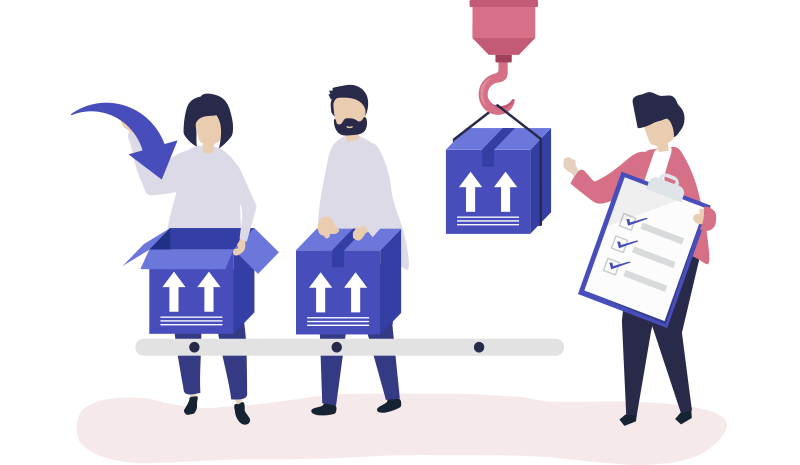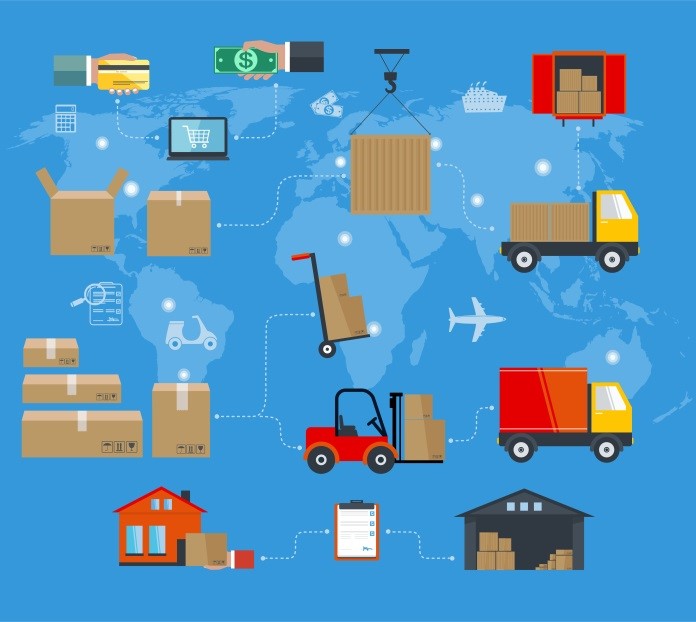Differences Between Reverse Auction and Bidding
 If executed properly, reverse auctions can bring in huge success in your business. According to reports, reverse auctions were capable of saving around $1.6 billion in a single year. They can ultimately help you to save money and also give you the opportunity to bargain on high-quality products at very low costs while reducing the amount of time your business spends looking for suppliers.
If executed properly, reverse auctions can bring in huge success in your business. According to reports, reverse auctions were capable of saving around $1.6 billion in a single year. They can ultimately help you to save money and also give you the opportunity to bargain on high-quality products at very low costs while reducing the amount of time your business spends looking for suppliers.
For conducting a successful reverse auction, you will require an understanding of the primary differences between reverse auctions and bidding. For helping you out, we have prepared a breakdown below, check it out.
Real-Time true price-based competition
 In the normal bidding process, the seller is the host of the auction and the buyers bid higher and the highest price wins the item in the auction. The main dissimilarity between this model and a reverse auction is that in case of a reverse auction you are the host and suppliers will be competing for your business bid with the lower pricing and the lowest price point will win it.
In the normal bidding process, the seller is the host of the auction and the buyers bid higher and the highest price wins the item in the auction. The main dissimilarity between this model and a reverse auction is that in case of a reverse auction you are the host and suppliers will be competing for your business bid with the lower pricing and the lowest price point will win it.
The reverse auction takes place online inside a controlled environment that provides your business with true-price based competition among suppliers in real-time. The main difference here is that when a supplier is submitting their bid, they automatically will have an idea that where they are standing within the bidding process and are more capable of changing their bid. This, in turn, increases your savings. It also reduces the time you are spending as the supplier ends up doing most of the work.
More responsibilities lie with the seller
In sectors that are already having a lot of competition where suppliers are competing against each other for work, the reverse auction can work great as a procurement strategy. one of the biggest points of differences between a traditional bidding system and a reverse auction is that the process allows the host of the reverse action to avail the exact goods and services they need and also puts the onus on the seller to meet the specifications.
This also makes way for another major difference between traditional bidding and reverse auction process that is you are not obligated to settle with the lowest bid. in a standard bidding process, the best price bidder is likely to be the winner but in case of the reverse auction, the cheapest quote will not necessarily win the auction as the focus lies on the combination of quality with price.
Making Suppliers Aware
 The reverse auction offers several hidden benefits other than actually running the event, it notifies other potential suppliers about the existence of your business. The event itself will only work in the way you require it to be when several competitors are bidding on the work. As reverse auction works on pre-qualified suppliers it means that your reverse auction will see a healthy competition between top notch suppliers who perfectly fit all of the specifications you had. having a single supplier who does not meet the required standards to qualify can disrupt the entire process as an under-qualified supplier could drive the price down unnecessarily and create complete chaos for the event. This can create a negative impression of you with your company's suppliers.
The reverse auction offers several hidden benefits other than actually running the event, it notifies other potential suppliers about the existence of your business. The event itself will only work in the way you require it to be when several competitors are bidding on the work. As reverse auction works on pre-qualified suppliers it means that your reverse auction will see a healthy competition between top notch suppliers who perfectly fit all of the specifications you had. having a single supplier who does not meet the required standards to qualify can disrupt the entire process as an under-qualified supplier could drive the price down unnecessarily and create complete chaos for the event. This can create a negative impression of you with your company's suppliers.
Receiving Market Prices
It is an undeniable fact that the market is rapidly changing and while the ideal outcome of a reverse auction is that it saves you money compared to traditional bidding processes, it also has several other benefits to offer. It also ensures that you are getting true market pricing for the goods or services which you arranging the auction for, as your suppliers should be accommodating market changes into their pricing models.
With reverse auctions, you can cut down and save money, time and stress. Get yourself a user-friendly and affordable Reverse Auction Software solution which can help you to cut down your expenses and increase the success of your business by providing you around 18 to 40 percent savings on addressable spend.
3 Steps To Better Procurement
How These 3 Core Strategies Determine The Outcome of Your Procurement Process
Request A Demo



